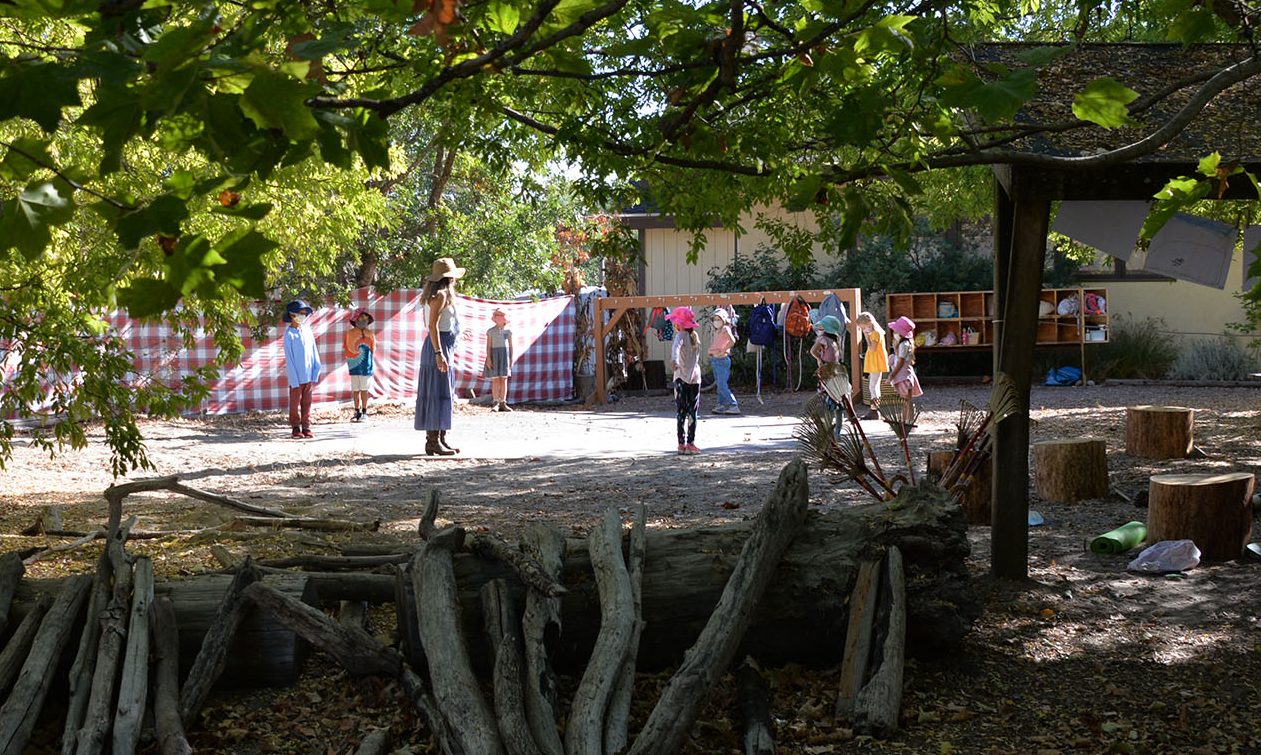The Power Of Social And Emotional Learning: Why SEL Is More Important Than Ever
Byron Sanders, President & CEO of Big Thought, an organization creating creators for a 21st century world
The pandemic has caused trauma for people of all ages, including — and especially — our youth. These challenging circumstances have forced students nationwide to pursue their education in entirely new ways, using new technology.
Youth have had to do so while facing feelings of isolation and dealing with family members who have fallen ill; others have been affected by the digital divide, which has only been exacerbated by the pandemic. The deaths of George Floyd, Breonna Taylor and so many others at the hands of police have also increased feelings of depression and anxiety, especially among Black people and people of color.
As a nation, our mental health has never been more important, and it’s essential that our youth have the tools they need to navigate these issues. But last spring, when Covid-19 dramatically changed the educational landscape, just 7% of educators felt prepared to address the social and emotional needs of students.
It’s become increasingly critical that we embrace and embed social and emotional learning (SEL) in both in-school and out-of-school environments.
What does SEL focus on? The Collaborative for Academic, Social, and Emotional Learning (CASEL) has established five core competencies for this framework: self-awareness, self-management, social awareness, relationship skills and responsible decision-making. Each component can have a profound effect on youth as they grow and pursue their dreams.
SEL can help students better understand and identify their emotions; it can help them develop empathy, increase self-control and manage stress. It also helps them build better relationships and interpersonal skills that will serve them in school and beyond, helping them succeed as adults. An emerging benefit of explicit SEL instruction is that it builds the emotional intelligence and agility that business and industry is starting to name among the most desired workforce skills. For both their well-being and their future economic opportunities, SEL is power.
It’s never that our young people lack greatness — it’s that society isn’t creating the conditions for all youth to tap into their power. In my time as president and CEO of an education nonprofit with a mission to close the opportunity gap, I’ve seen how impactful SEL-inspired programming can be for our youth. And in my upbringing, I experienced firsthand how out-of-school programming can be a place of safety and enrichment. By equipping young people with what they need to navigate the social and emotional arenas, we help them reach their potential.
SEL is an incredible foundation to build upon. So what does it look like when we’re laying the groundwork in in-school and out-of-school time environments?
In some learning environments, it might be holding daily greetings, journaling or having adults model SEL skills. It might be through movement, where activities like yoga or dance help youth connect with themselves. Strategies that guide youth through controlled breathing help them center themselves and learn more about self-regulation in a calming environment. Or it could be music: Both singing and playing an instrument offer ways for youth to vocalize and externalize their emotions. SEL also frequently involves art and creative activities that help youth manifest what’s going on inside.
Organizations like the Wallace Foundation are trying to bring this to the forefront of education. Right now, the Wallace Foundation’s Partnerships for Social and Emotional Learning Initiative has allowed six cities to participate in a program that teaches social and emotional skills to elementary school students. (My home city of Dallas is one of those six, and its participation was made possible in part by a grant won by Big Thought, the nonprofit I’m the president and CEO of, and Dallas Independent School District.)
By embedding SEL into explicit instruction, practice and curriculum, we can help our youth better navigate the difficult circumstances they’ll face throughout their lives. We can help them thrive, even in the midst of an unprecedented global pandemic.
Those who lead work in youth-serving nonprofits have an opportunity to contribute to the movement as well. Adding explicit SEL practice to your programs and youth engagement can help affirm the sea change we are seeing to prioritize our mental and emotional well-being. Creating moments to check in with how youth are feeling, making space for breathing exercises and using curricula that emphasize explicit human connection are all ways that our youth development nonprofits reinforce what our educators are introducing in school settings.
I truly believe that SEL can equip young learners with the tools they need to better understand themselves, their feelings and their infinite value. Teachers and educators can’t change the circumstances that youth face outside of their classrooms and schools, but by embracing SEL, we can help youth discover new beliefs about who they are and the greatness of which they’re capable.

